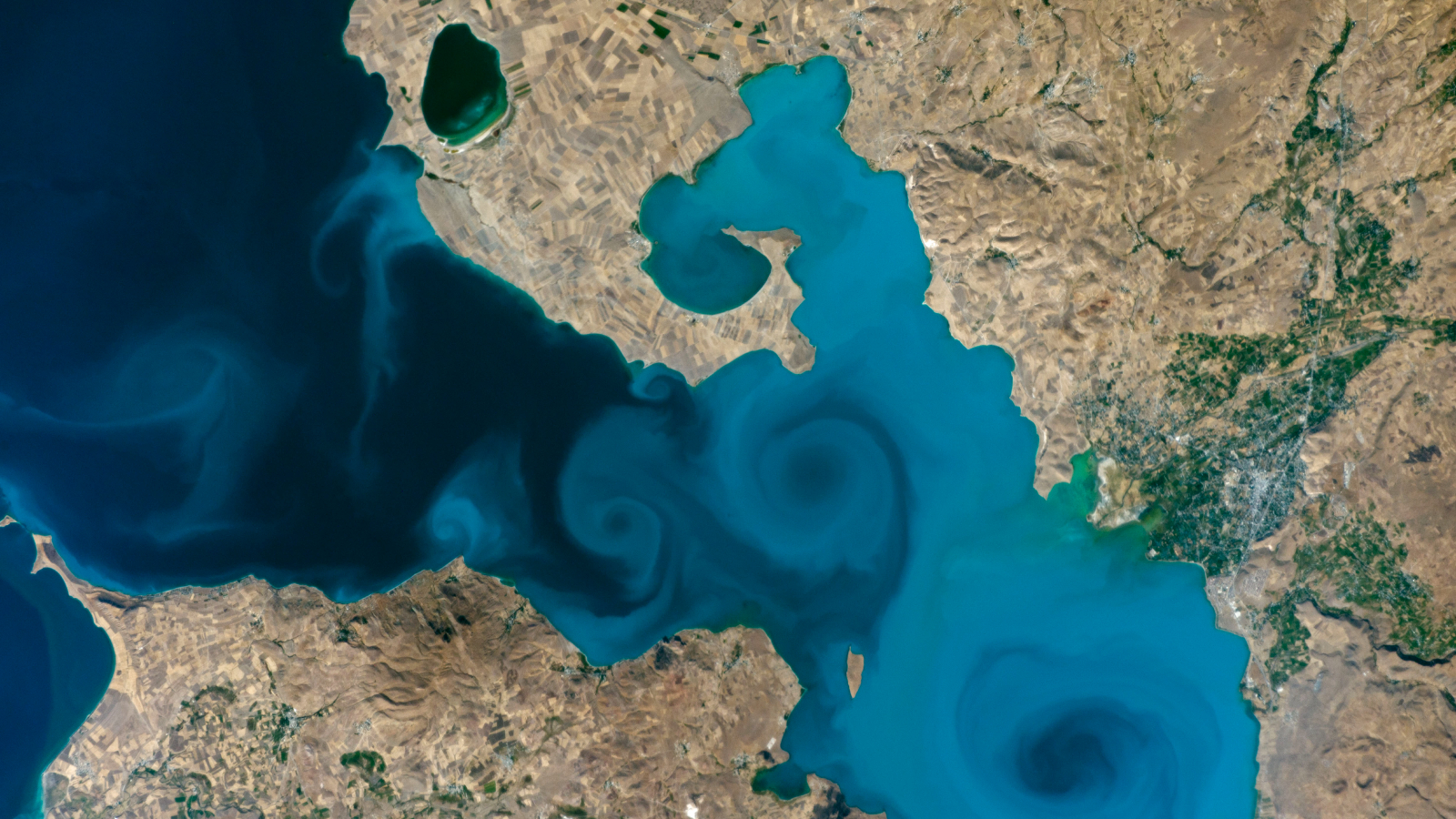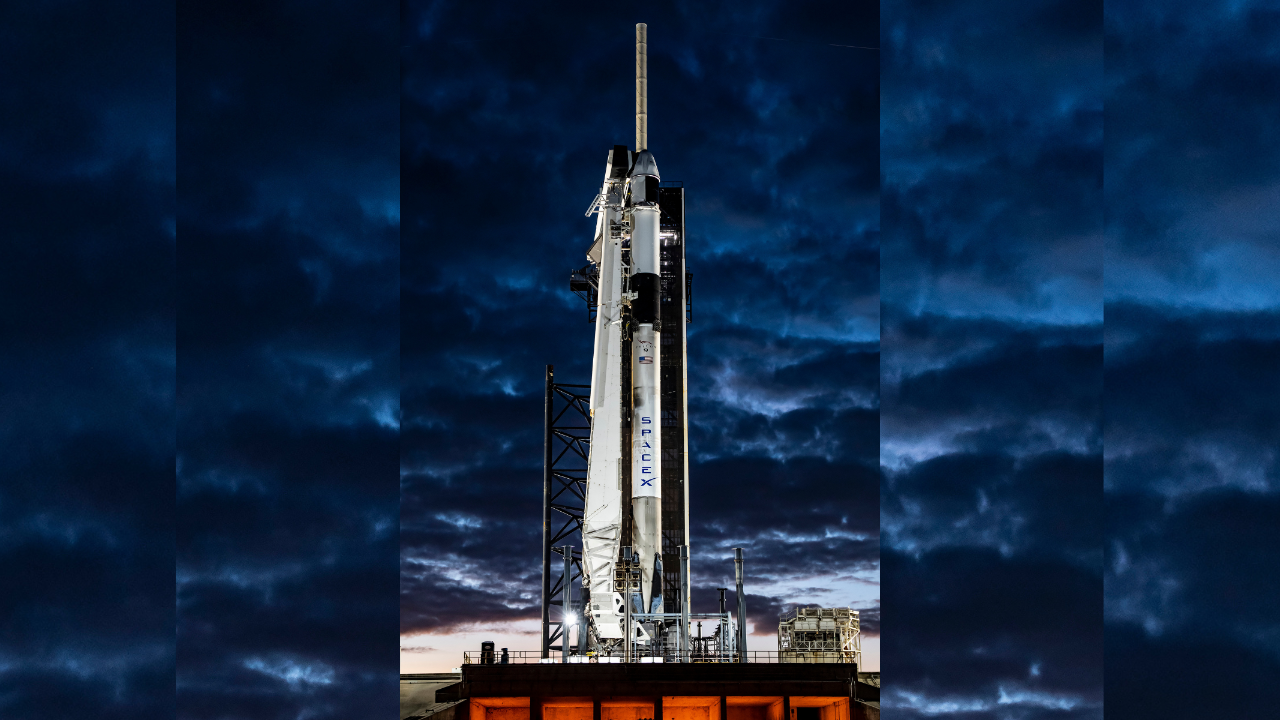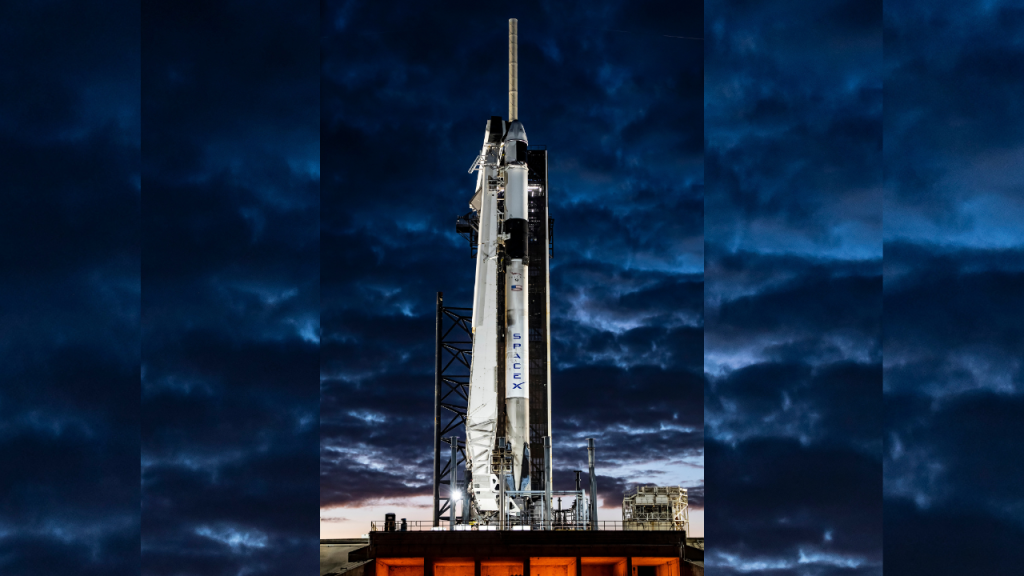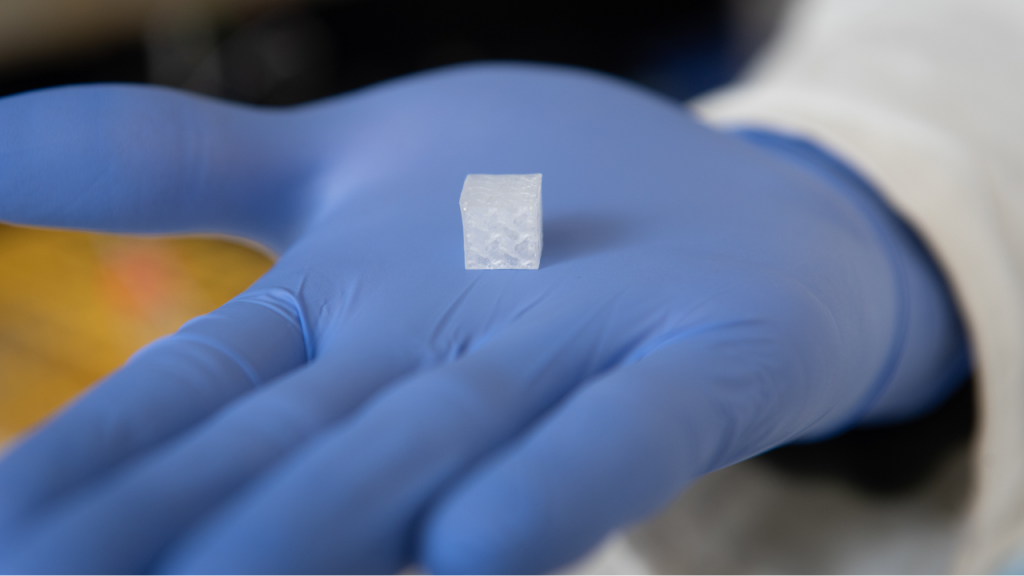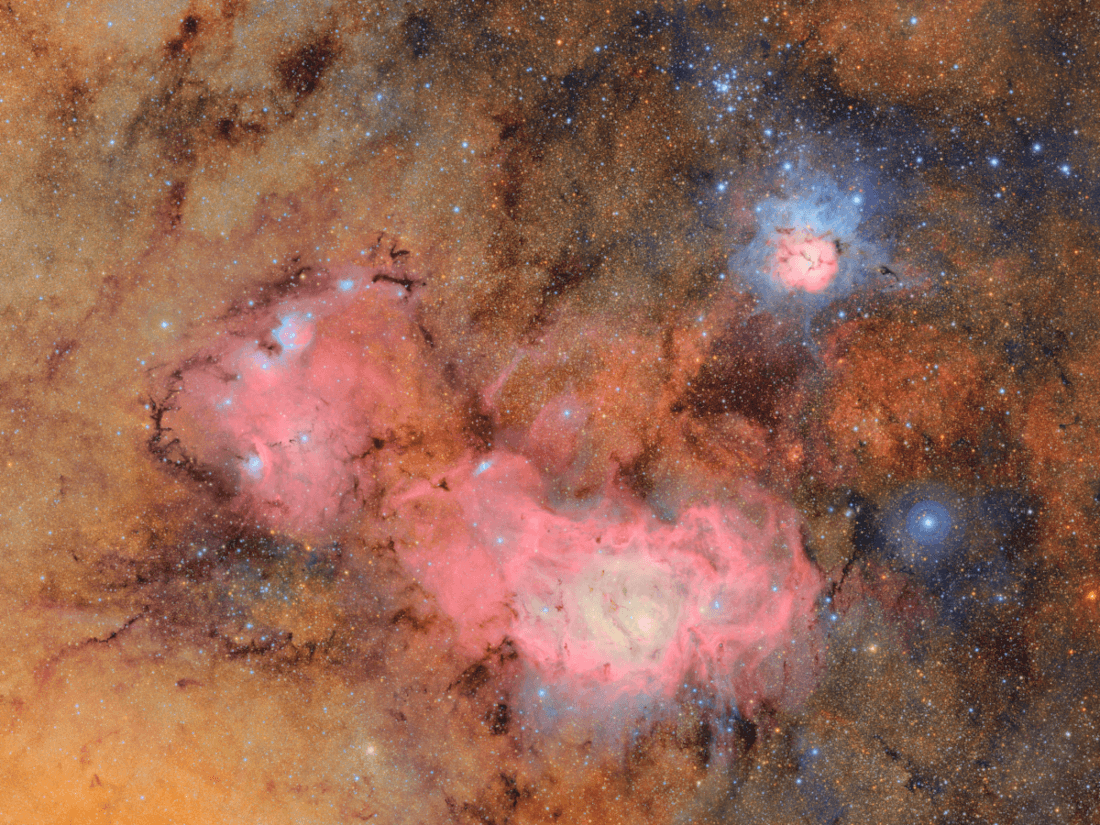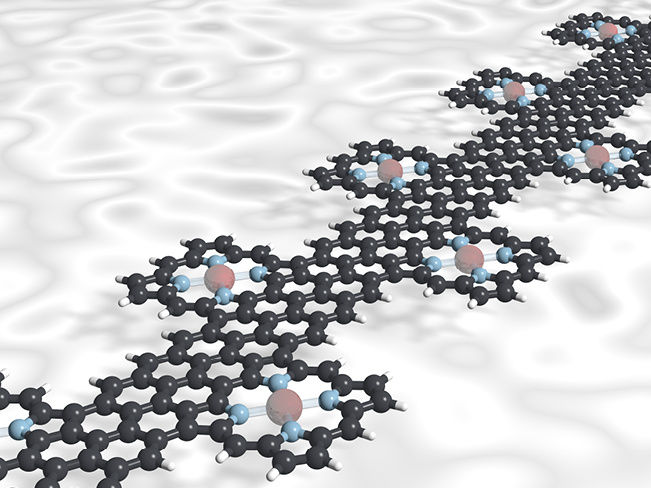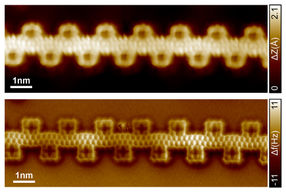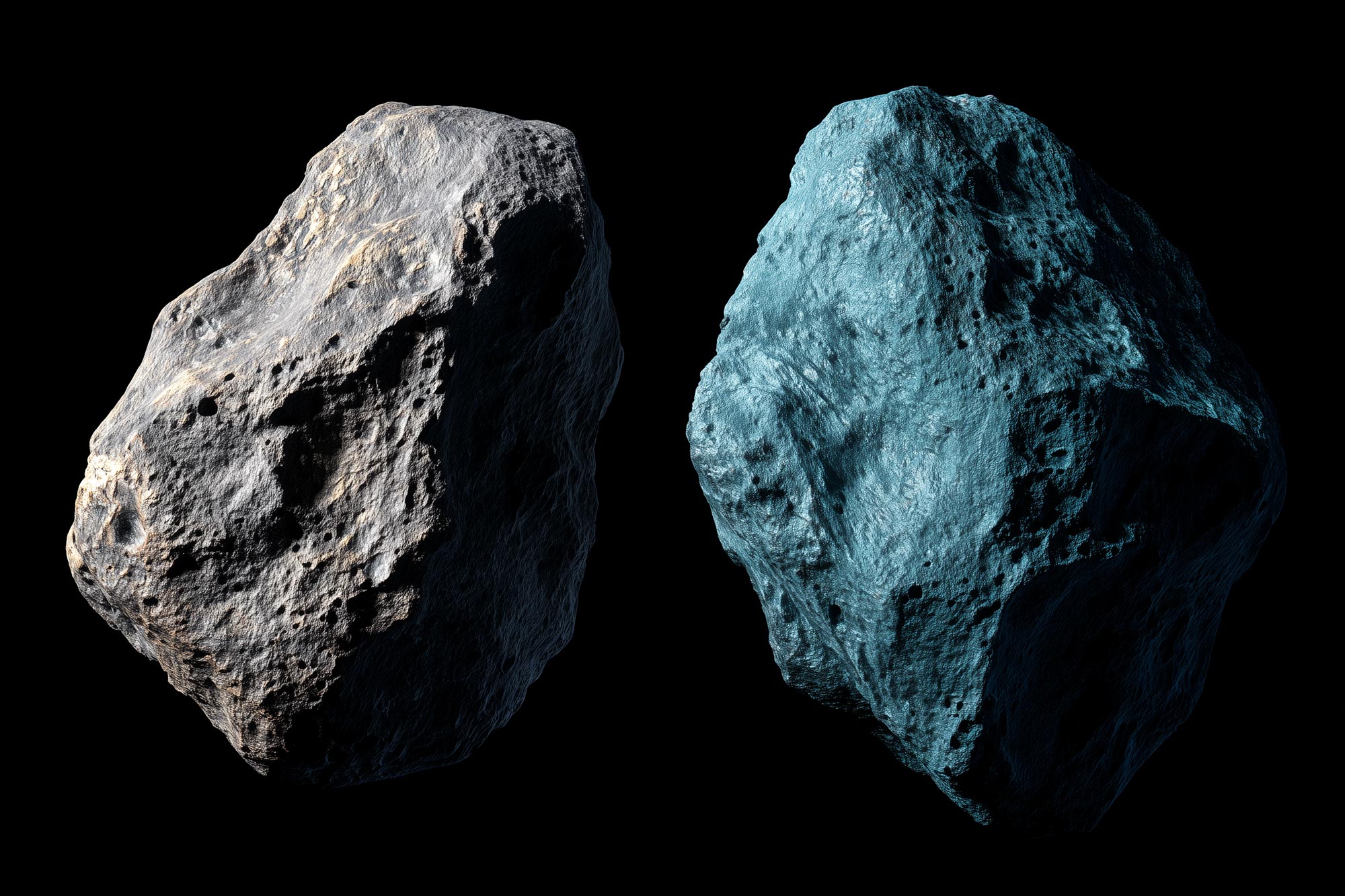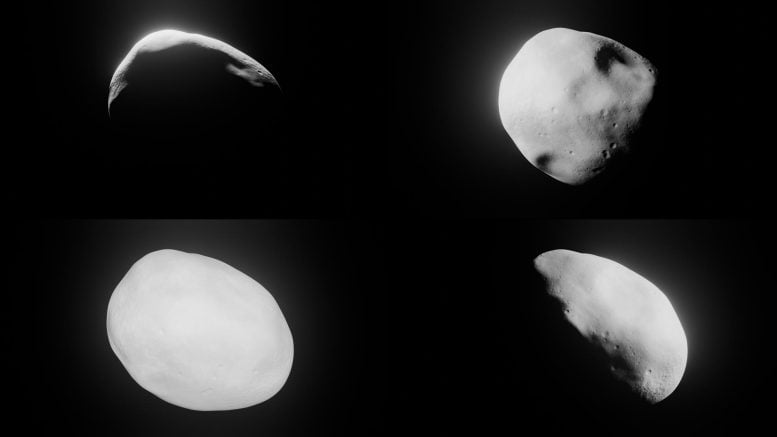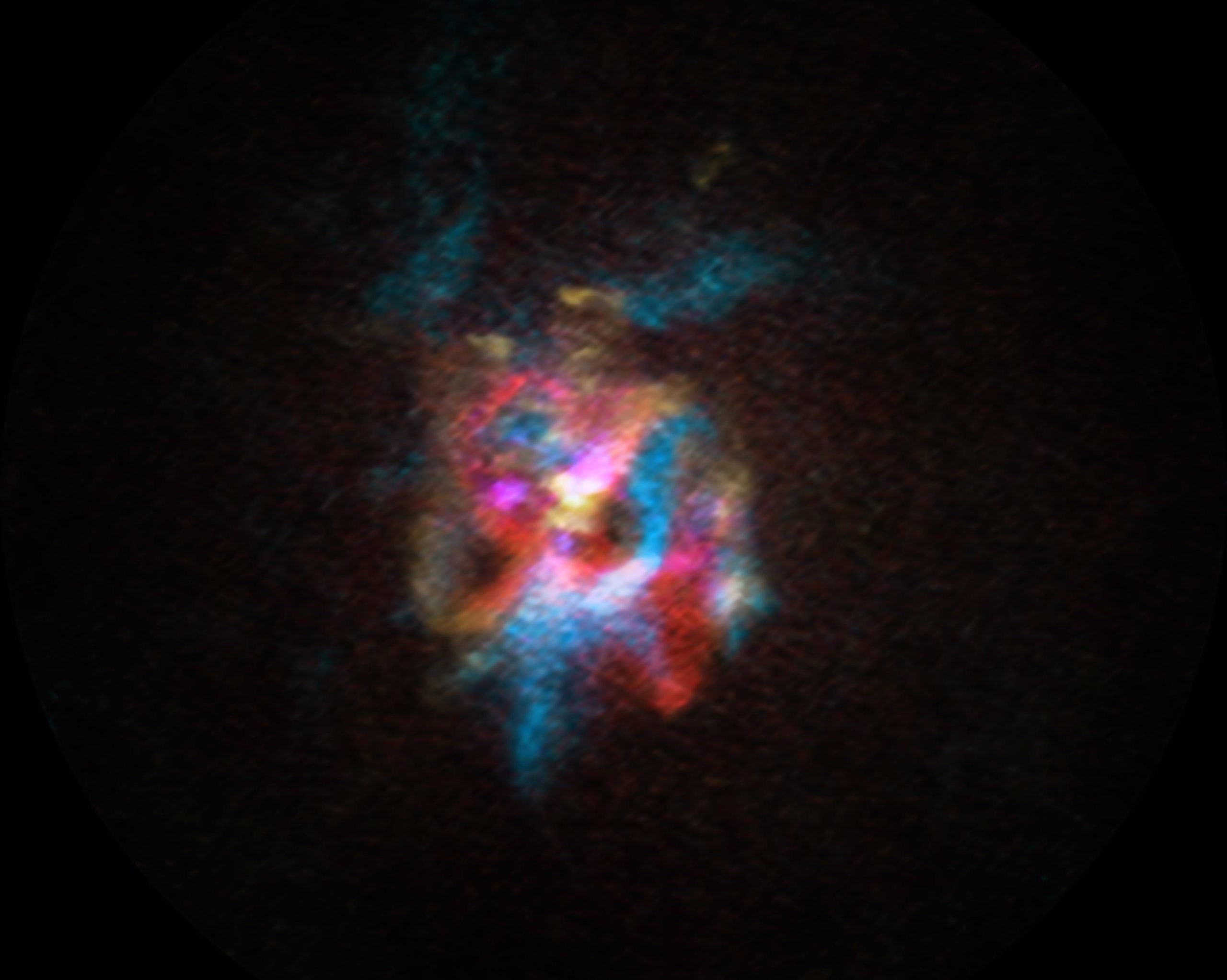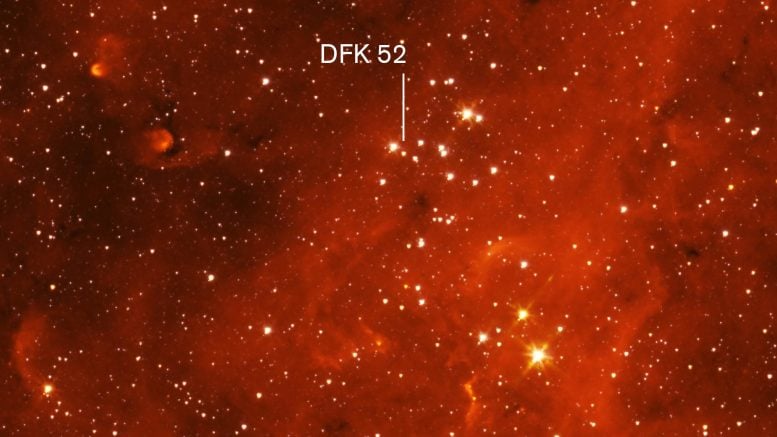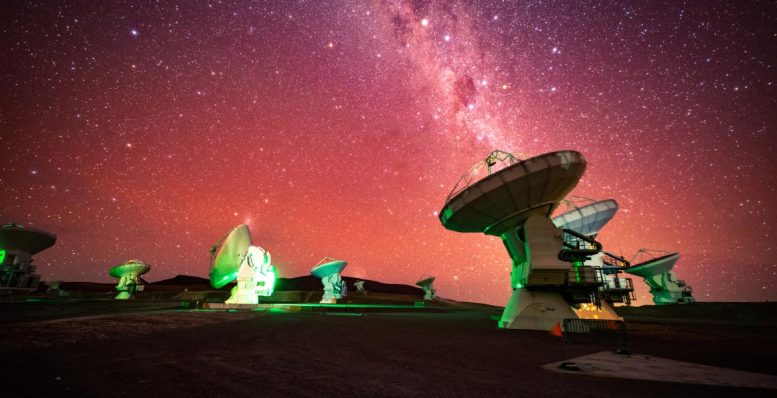Grady, E. N., MacDonald, J., Liu, L., Richman, A. & Yuan, Z. C. Current knowledge and perspectives of paenibacillus: a review. Microb. Cell. Fact. 15, 203 (2016).
Google Scholar
Lal, S. & Tabacchioni, S. Ecology and biotechnological potential of Paenibacillus polymyxa: a minireview. Indian J. Microbiol. 49, 2–10 (2009).
CAS
Google Scholar
Weselowski, B., Nathoo, N., Eastman, A. W., MacDonald, J. & Yuan, Z. C. Isolation, identification and characterization of Paenibacillus polymyxa CR1 with potentials for biopesticide, biofertilization, biomass degradation and biofuel production. BMC Microbiol. 16, 244 (2016).
Google Scholar
Xie, J. et al. Comparative genomic and functional analysis reveal conservation of plant growth promoting traits in Paenibacillus polymyxa and its closely related species. Sci. Rep. 6, 21329 (2016).
ADS
CAS
Google Scholar
Xie, J. B. et al. Comparative genomic analysis of N2-fixing and non-N2-fixing Paenibacillus spp.: organization, evolution and expression of the nitrogen fixation genes. PLoS Genet. 10, e1004231 (2014).
Google Scholar
Djukic, M. et al. How to kill the honey bee larva: genomic potential and virulence mechanisms of Paenibacillus larvae. PLoS One. 9, e90914 (2014).
ADS
Google Scholar
Ebeling, J., Knispel, H., Hertlein, G., Funfhaus, A. & Genersch, E. Biology of Paenibacillus larvae, a deadly pathogen of honey bee larvae. Appl. Microbiol. Biotechnol. 100, 7387–7395 (2016).
CAS
Google Scholar
Morrissey, B. J. et al. Biogeography of Paenibacillus larvae, the causative agent of American foulbrood, using a new multilocus sequence typing scheme. Environ. Microbiol. 17, 1414–1424 (2015).
CAS
Google Scholar
Neuendorf, S., Hedtke, K., Tangen, G. & Genersch, E. Biochemical characterization of different genotypes of Paenibacillus larvae subsp. larvae, a honey bee bacterial pathogen. Microbiol. (Reading). 150, 2381–2390 (2004).
CAS
Google Scholar
Beims, H. et al. Discovery of Paenibacillus larvae ERIC V: phenotypic and genomic comparison to genotypes ERIC I-IV reveal different inventories of virulence factors which correlate with epidemiological prevalences of American foulbrood. Int. J. Med. Microbiol. 310, 151394 (2020).
CAS
Google Scholar
Erban, T. et al. Comprehensive proteomic analysis of exoproteins expressed by ERIC I, II, III and IV Paenibacillus larvae genotypes reveals a wide range of virulence factors. Virulence 10, 363–375 (2019).
CAS
Google Scholar
Ebeling, J. et al. Characterization of the toxin Plx2A, a RhoA-targeting ADP-ribosyltransferase produced by the honey bee pathogen Paenibacillus larvae. Environ. Microbiol. 19, 5100–5116 (2017).
CAS
Google Scholar
Poppinga, L. et al. Identification and functional analysis of the S-layer protein spla of Paenibacillus larvae, the causative agent of American foulbrood of honey bees. PLoS Pathog. 8, e1002716 (2012).
CAS
Google Scholar
Zhang, J., Hodgman, T. C., Kreiger, L., Schnetter, W. & Schairer, H. C. Cloning and analysis of the first cry gene from Bacillus popilliae. J. Bacteriol. 179, 4336–4341 (1997).
CAS
Google Scholar
Yokoyama, T., Tanaka, M. & Hasegawa, M. Novel cry gene from Paenibacillus lentimorbus strain Semadara inhibits ingestion and promotes insecticidal activity in Anomala Cuprea larvae. J. Invertebr Pathol. 85, 25–32 (2004).
CAS
Google Scholar
Bravo, A., Gill, S. S. & Soberon, M. Mode of action of Bacillus thuringiensis Cry and Cyt toxins and their potential for insect control. Toxicon 49, 423 – 35 (2007).
Somwatcharajit, R., Tiantad, I. & Panbangred, W. Coexpression of the silent cry2Ab27 together with cry1 genes in Bacillus thuringiensis subsp. Aizawai SP41 leads to formation of amorphous crystal toxin and enhanced toxicity against Helicoverpa armigera. J. Invertebr Pathol. 116, 48–55 (2014).
CAS
Google Scholar
Wang, G. et al. Engineered Bacillus thuringiensis GO33A with broad insecticidal activity against lepidopteran and coleopteran pests. Appl. Microbiol. Biotechnol. 72, 924–930 (2006).
ADS
CAS
Google Scholar
Yan, F. et al. Improved insecticidal toxicity by fusing Cry1Ac of Bacillus thuringiensis with Av3 of Anemonia viridis. Curr. Microbiol. 68, 604–609 (2014).
CAS
Google Scholar
Zhang, X. et al. A strong promoter of a non-cry gene directs expression of the cry1Ac gene in Bacillus thuringiensis. Appl. Microbiol. Biotechnol. 102, 3687–3699 (2018).
CAS
Google Scholar
Pigott, C. R. & Ellar, D. J. Role of receptors in Bacillus thuringiensis crystal toxin activity. Microbiol Mol Biol Rev 71, 255 – 81 (2007).
Vachon, V., Laprade, R. & Schwartz, J. L. Current models of the mode of action of Bacillus thuringiensis insecticidal crystal proteins: a critical review. J. Invertebr Pathol. 111, 1–12 (2012).
CAS
Google Scholar
Erler, S., Denner, A., Bobis, O., Forsgren, E. & Moritz, R. F. Diversity of honey stores and their impact on pathogenic bacteria of the honeybee, Apis mellifera. Ecol. Evol. 4, 3960–3967 (2014).
Google Scholar
Keller, A. et al. Wild bees and their nests host Paenibacillus bacteria with functional potential of avail. Microbiome 6, 229 (2018).
Google Scholar
Ory, F. et al. Paenibacillus Melissococcoides sp. nov., isolated from a honey bee colony affected by European foulbrood disease. Int J. Syst. Evol. Microbiol. 73, 1–10 (2023).
Geoffroy, C., Menguaid, J., Alouf, J. E. & Cossart, P. Alveolysin, the Thiol-Activated toxin of Bacillus alvei, is homologous to Listeriolysin O, Perfringolysin O, penumolysin, and streptolysin O and contains a single cysteine. J. Bacteriol. 172, 7301–7305 (1990).
Thelestam, M., Alouf, J. E., Geoffroy, C. & Mollby, R. Membrane-Damaging action of alveolysin from Bacillus alvei. Infect. Immun. 32, 1187–1192 (1981).
CAS
Google Scholar
Djordjevic, S. P., Forbes, W. A., Smith, L. A. & Hornitzky, M. A. Genetic and biochemical diversity Omong isolates of Paenibacillus alvei cultured from Australian honeybee (Apis mellifera) colonies. Appl. Environ. Microbiol. 66, 1099–1106 (2000).
Nishiwaki, H., Nakashima, K., Ishida, C., Kawamura, T. & Matsuda, K. Cloning, functional characterization, and mode of action of a novel insecticidal pore-forming toxin, sphaericolysin, produced by Bacillus sphaericus. Appl. Environ. Microbiol. 73, 3404–3411 (2007).
ADS
CAS
Google Scholar
Rungrod, A., Tjahaja, N. K., Soonsanga, S., Audtho, M. & Promdonkoy, B. Bacillus sphaericus Mtx1 and Mtx2 toxins co-expressed in Escherichia coli are synergistic against Aedes aegypti larvae. Biotechnol. Lett. 31, 551–555 (2009).
CAS
Google Scholar
Thanabalu, T. & Porter, A. G. A Bacillus sphaericus gene encodling a novel type of mosquitocidal toxin of 31.8 kDa. Gene 170, 85–89 (1996).
Funfhaus, A., Poppinga, L. & Genersch, E. Identification and characterization of two novel toxins expressed by the lethal honey bee pathogen Paenibacillus larvae, the causative agent of American foulbrood. Environ. Microbiol. 15, 2951–2965 (2013).
Google Scholar
Katznelson, H. Bacillus apairius, nov. Sp., an aerobic Spore-forming organism isolated from honeybee larvae. J. Bacteriol. 70, 635–636 (1955).
Nakumura, L. K. Paenibacillus apiarius sp. nov. International J. Syst. Bacteriology 46, 688–693 (1996).
Goldenberger, D., Perschil, I., Ritzler, M. & Altwegg, M. A simple universal DNA extraction procedure using SDS and proteinase K is compatible with direct PCR amplification. Genome Res. 4, 368–370 (1995).
CAS
Google Scholar
Meier-Kolthoff, J. P. & Göker, M. TYGS is an automated high-throughput platform for state-of-the-art genome-based taxonomy. Nat. Commun. 10, 2182 (2019).
ADS
Google Scholar
Seemann, T. Prokka: rapid prokaryotic genome annotation. Bioinformatics 30, 2068–2069 (2014).
CAS
Google Scholar
Tian, R., Imanian, B. & VBCG. 20 validated bacterial core genes for phylogenomic analysis with high fidelity and resolution. Microbiome 11, 247 (2023).
CAS
Google Scholar
Crickmore, N. et al. A structure-based nomenclature for Bacillus thuringiensis and other bacteria-derived pesticidal proteins. J. Invertebr Pathol. 186, 107438 (2021).
CAS
Google Scholar
Liu, H. et al. BtToxin_Digger: a comprehensive and high-throughput pipeline for mining toxin protein genes from Bacillus thuringiensis. Bioinformatics 38, 250–251 (2021).
Google Scholar
Darling, A. C., Mau, B., Blattner, F. R. & Perna, N. T. Mauve: multiple alignment of conserved genomic sequence with rearrangements. Genome Res. 14, 1394–1403 (2004).
CAS
Google Scholar
Danov, A. et al. Toxinome – the bacterial protein toxin database. mBio 15, e01911–e01923 (2023).
Eddy, S. R. A new generation of homology search tools based on probabilistic inference. Genome informatics. International Conference on Genome Informatics 23, 205–211 (2009).
Li, W. & Godzik, A. Cd-hit: a fast program for clustering and comparing large sets of protein or nucleotide sequences. Bioinformatics 22, 1658–1659 (2006).
CAS
Google Scholar
Katoh, K., Misawa, K., Kuma, K. & Miyata, T. MAFFT: a novel method for rapid multiple sequence alingment based on fast fourier transform. Nucleic. Acids Res. 30, 3059–3066 (2002).
Jones, P. et al. InterProScan 5: genome-scale protein function classification. Bioinformatics 30, 1236–1240 (2014).
CAS
Google Scholar
Song, N. et al. Genome-wide dissection reveals diverse pathogenic roles of bacterial Tc toxins. PLoS Pathog. 17, e1009102 (2021).
CAS
Google Scholar
Blackburn, M. B., Martin, P. A., Kuhar, D., Farrar, R. R. Jr. & Gundersen-Rindal, D. E. The occurrence of photorhabdus-like toxin complexes in Bacillus thuringiensis. PLoS One. 6, e18122 (2011).
ADS
CAS
Google Scholar
Roderer, D. & Raunser, S. Tc toxin complexes: assembly, membrane permeation, and protein translocation. Annu. Rev. Microbiol. 73, 247–265 (2019).
CAS
Google Scholar
Abby, S. S. & Rocha, E. P. The non-flagellar type III secretion system evolved from the bacterial flagellum and diversified into host-cell adapted systems. PLoS Genet. 8, e1002983 (2012).
CAS
Google Scholar
Xu, Y. et al. CRISPR screens in Drosophila cells identify Vsg as a Tc toxin receptor. Nature 610, 349–355 (2022).
ADS
CAS
Google Scholar
Sehr, P. et al. Glucosylation and ADP ribosylation of Rho proteins: effects on Neculotide binding, GTPase activity, and effector coupling. Biochemistry 37, 5296–5304 (1998).
Chaumeil, P. A., Mussig, A. J., Hugenholtz, P. & Parks, D. H. GTDB-Tk: a toolkit to classify genomes with the genome taxonomy database. Bioinformatics 36, 1925–1927 (2019).
Google Scholar



